Digitization and Digital Archiving
Practical Guides for Librarians
 About the Series
About the Series
This innovative series written and edited for librarians by librarians provides authoritative, practical information and guidance on a wide spectrum of library processes and operations.
Books in the series are focused, describing practical and innovative solutions to a problem facing todays librarian and delivering step-by-step guidance for planning, creating, implementing, managing, and evaluating a wide range of services and programs.
The books are aimed at beginning and intermediate librarians needing basic instruction/guidance in a specific subject and at experienced librarians who need to gain knowledge in a new area or guidance in implementing a new program/service.
 About the Series Editor
About the Series Editor
The Practical Guides for Librarians series was conceived by and is edited by M. Sandra Wood, MLS, MBA, AHIP, FMLA, Librarian Emerita, Penn State University Libraries.
M. Sandra Wood was a librarian at the George T. Harrell Library, The Milton S. Hershey Medical Center, College of Medicine, Pennsylvania State University, Hershey, PA, for over 35 years, specializing in reference, educational, and database services. Ms. Wood worked for several years as a Development Editor for Neal-Schuman Publishers.
Ms. Wood received a MLS from Indiana University and a MBA from the University of Maryland. She is a Fellow of the Medical Library Association and served as a member of MLAs Board of Directors from 1991 to 1995. Ms. Wood is founding and current editor of Medical Reference Services Quarterly , now in its 35th volume. She also was founding editor of the Journal of Consumer Health on the Internet and the Journal of Electronic Resources in Medical Libraries and served as editor/co-editor of both journals through 2011.
Titles in the Series
1. How to Teach: A Practical Guide for Librarians by Beverley E. Crane
2. Implementing an Inclusive Staffing Model for Todays Reference Services by Julia K. Nims, Paula Storm, and Robert Stevens
3. Managing Digital Audiovisual Resources: A Practical Guide for Librarians by Matthew C. Mariner
4. Outsourcing Technology: A Practical Guide for Librarians by Robin Hastings
5. Making the Library Accessible for All: A Practical Guide for Librarians by Jane Vincent
6. Discovering and Using Historical Geographical Resources on the Web: A Practical Guide for Librarians by Eva H. Dodsworth and L. W. Lalibert
7. Digitization and Digital Archiving: A Practical Guide for Librarians by Elizabeth R. Leggett
Digitization and Digital Archiving
A Practical Guide for Librarians
Elizabeth R. Leggett
Practical Guides for Librarians, No. 7
ROWMAN & LITTLEFIELD
Lanham Boulder New York Toronto Plymouth, UK
Published by Rowman & Littlefield
4501 Forbes Boulevard, Suite 200, Lanham, Maryland 20706
www.rowman.com
10 Thornbury Road, Plymouth PL6 7PP, United Kingdom
Copyright 2014 by Rowman & Littlefield
All rights reserved . No part of this book may be reproduced in any form or by any electronic or mechanical means, including information storage and retrieval systems, without written permission from the publisher, except by a reviewer who may quote passages in a review.
British Library Cataloguing in Publication Information Available
Library of Congress Cataloging-in-Publication Data
Leggett, Elizabeth R., 1985
Digitization and digital archiving : a practical guide for librarians / Elizabeth R. Leggett.
pages cm. (Practical guides for librarians ; 7)
Includes bibliographical references and index.
ISBN 978-0-8108-9207-1 (pbk. : alk. paper) ISBN 978-0-8108-9208-8 (ebook) 1. Archival materialsDigitization. 2. Archival materialsConservation and restoration. 3. Digital preservation. 4. RecordsManagement. 5. Electronic recordsManagement. I. Title.
CD973.D53L44 2014
025.8'4dc232014009307
 The paper used in this publication meets the minimum requirements of American National Standard for Information SciencesPermanence of Paper for Printed Library Materials, ANSI/NISO Z39.48-1992. Printed in the United States of America
The paper used in this publication meets the minimum requirements of American National Standard for Information SciencesPermanence of Paper for Printed Library Materials, ANSI/NISO Z39.48-1992. Printed in the United States of America
For my parents
Thank you to Ben and Kopana, for teaching me about librarianship and practical digital archiving, and to Sandy, for this wonderful opportunity
Contents
Preface
In todays world, people are reliant on their computers. Computers are so important and so necessary to communicating in the modern world that many people even carry them around in the form of smartphones, tablets, or laptops. Some people are connected to their digital data all the time. A computer could contain everything about a persons life: his or her thoughts, letters in the form of e-mail, important documents, photos, home videoseven a persons preferred entertainment, such as recorded television programs, movies, music, or games.
Youve probably heard horror stories of people who were about to finish their dissertations, then their computer crashed and they realized that they hadnt backed up their work, or maybe their computer crashed and they lost years and years of family photos. Computers are pretty delicate things to entrust your life and your memories to, but a lot of people do, and its considered pretty normal.
Similarly, the Internet is prevalent in everyday life. A lot of people turn to the Internet for all kinds of information, from reading the news to finding funny jokes to trying to figure out exactly what that rash is. For some people, the Internet is their only source of information because it is so fast and convenient.
Some people think that all of this means that libraries are dying out, since so much information is online and its so readily accessible without any help or guidance. This is not true at all. In fact, libraries and archives are probably going to become more important as time goes on and people become more dependent on computers and digital information.
Not all information is available in a digital format, and there is plenty of valuable information out there that has only a tangible format. These materials cant be accessed from a computer of any kind. There is also plenty of information that is in the reverse situationit has only a digital format and is entirely dependent on a delicate computer for its survival.
Librarians and archivists can be part of an effort to address these issues through digital archiving: the archiving of digital items. Digital archiving can involve storing digital versions of tangible objects, such as a scan of a photo, as well as items that have only a digital format, such as a website.
Right now, it may seem as though digital items are less worthwhile to preserve than tangible ones, but this is not true. For example, in the past, when a great writer died, he or she might have left behind notes, original documents, or letters that future generations could study. These are easily archived; the paper can be preserved and stored in safe conditions. A writer whose works make a great impact now, though, might leave behind a stack of CDs, a laptop, or, even worse, an outdated method of data storage, such as a box of floppy disks. What do you do with these kinds of items? The storage methods of this author would require the efforts of a digital archivist.
There can be a lot of confusion that goes along with digital archiving, though. Some people find computers intimidating. You might not know why a TIFF file is better than a JPEG for archiving but not for viewing over the Internet. You might not understand the difference between a 150-ppi image and a 300-ppi image. You might not know what the difference is between a CD and a Blu-ray disk. You might not know why you need metadata for your patrons to successfully find information in your archive or why there are copyright laws specifically aimed at digital items. You might not understand why backups are important or why you cant treat digital items the same way that you do tangible ones.
Next page
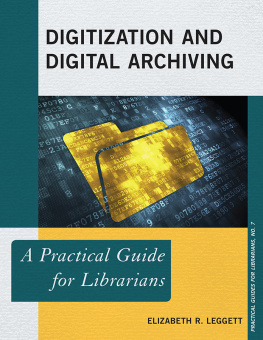
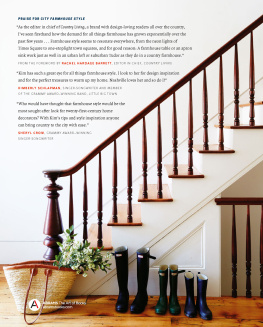

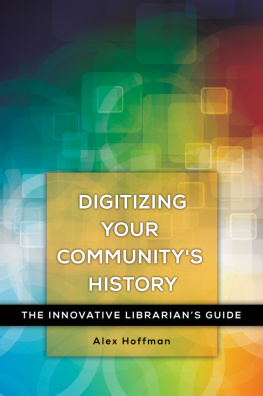
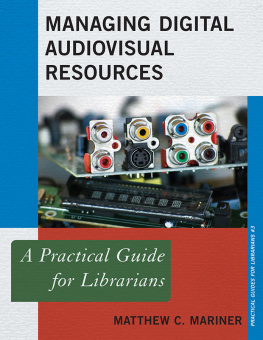
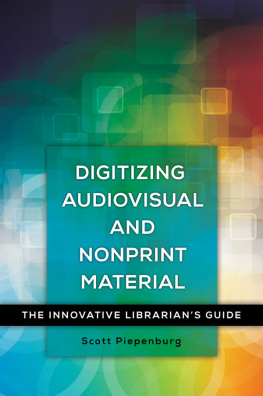

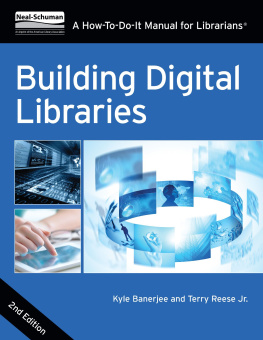
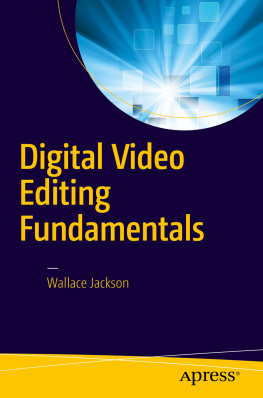
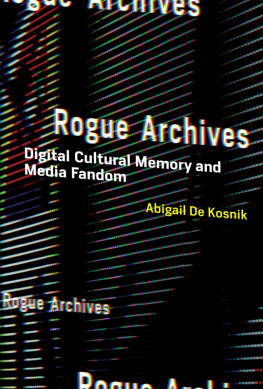

 About the Series
About the Series The paper used in this publication meets the minimum requirements of American National Standard for Information SciencesPermanence of Paper for Printed Library Materials, ANSI/NISO Z39.48-1992. Printed in the United States of America
The paper used in this publication meets the minimum requirements of American National Standard for Information SciencesPermanence of Paper for Printed Library Materials, ANSI/NISO Z39.48-1992. Printed in the United States of America